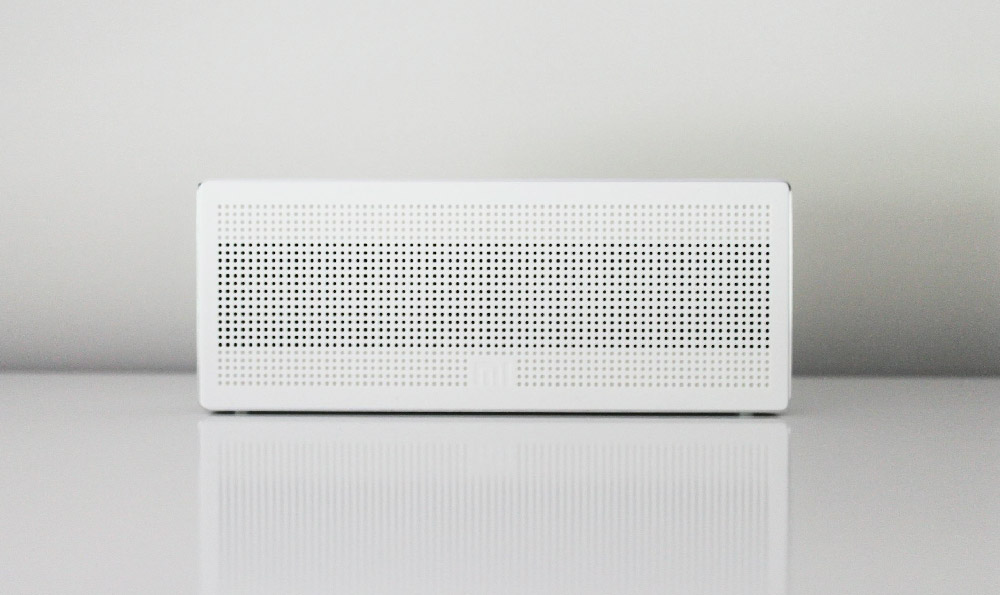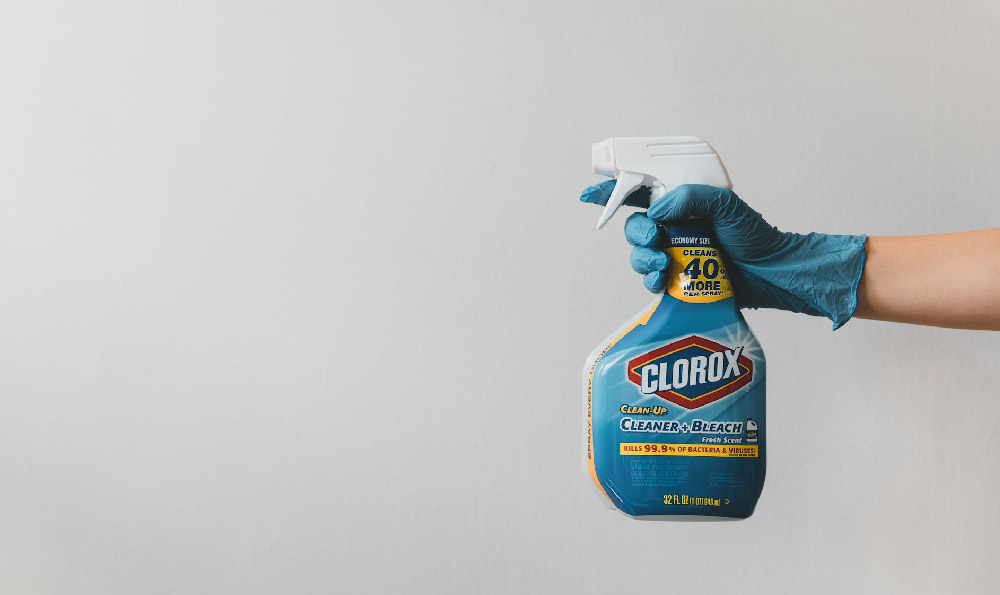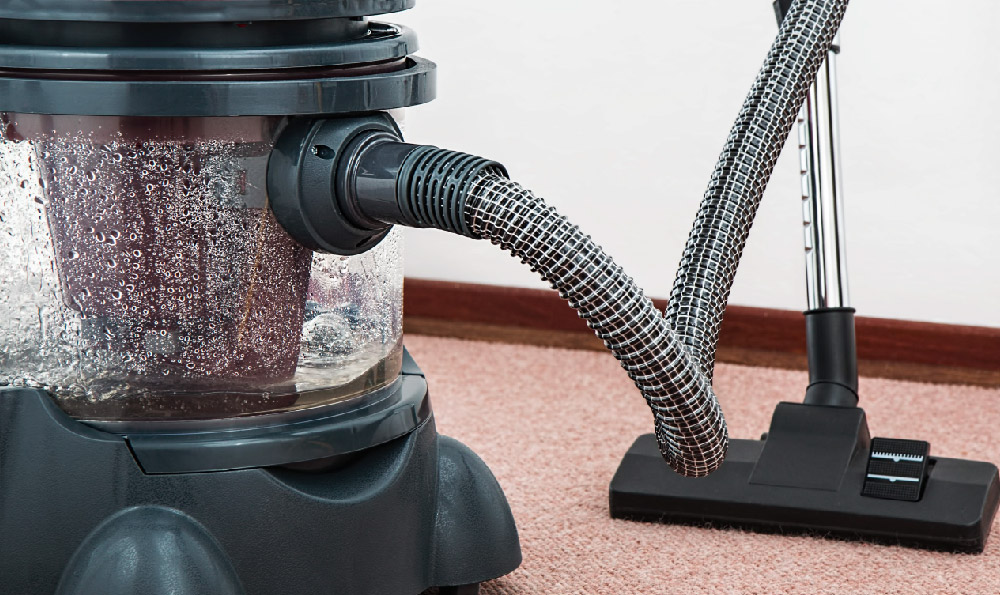
游离甲醛和甲醛是我们日常生活中经常听到的化学物质,它们常常被用来描述空气中存在的挥发性有机化合物。很多人对游离甲醛和甲醛的区别以及它们在空气中的行为了解不多。本文将通过定义、分类、举例和比较等方法,系统地阐述游离甲醛与甲醛的相关知识,以期帮助读者更好地理解它们之间的关系。
游离甲醛的定义和分类:
游离甲醛,也被称为游离挥发甲醛,是指环境中自由存在的甲醛分子。它通常是指在室内空气中以气态的形式存在的甲醛。根据游离甲醛的来源和形成途径,可以将其分为两类:自然存在的游离甲醛和人为释放的游离甲醛。
自然存在的游离甲醛:
自然存在的游离甲醛主要来自于室内的装修材料、家具、地板、墙面等。这些材料中含有甲醛的成分,通过挥发释放到空气中形成游离甲醛。一些日常用品如洗涤剂、清洁剂、驱虫剂等也会释放出少量的游离甲醛。
人为释放的游离甲醛:
人为释放的游离甲醛是指人类生活和工作行为中产生的甲醛。烹饪和烧烤过程中的烟雾、汽车尾气中的污染物以及工业生产过程中排放的废气等都会释放出游离甲醛。
甲醛的定义和行为:
甲醛是一种有机化合物,化学式为CH2O,它是一种无色、刺激性气味的液体。在常温下,甲醛会挥发成为气体,并与空气混合。由于其低沸点特性,甲醛通常会上升到空气中,所以可以说甲醛是漂浮在空气上方的。
甲醛与游离甲醛的比较:
虽然游离甲醛和甲醛都是指空气中的化学物质,但它们在行为上存在一些差异。游离甲醛是空气中以气态形式存在的甲醛,它来自于室内装修材料、家具等的挥发释放。而甲醛是一种液体,在常温下会蒸发成为气体,会漂浮在空气上方。
小结:
通过定义、分类、举例和比较等方法,我们可以更好地理解游离甲醛与甲醛之间的区别以及它们在空气中的行为。游离甲醛是指室内空气中以气态形式存在的甲醛,来源于装修材料、家具等;甲醛是一种液体,常温下会挥发成为气体,漂浮在空气上方。深入了解这些知识可帮助我们更好地应对室内空气质量问题。
通过本文的阐述,我们了解到游离甲醛与甲醛之间的关系,以及它们在空气中的行为。对于了解室内空气质量以及采取相应的改善措施是非常重要的。希望本文能为读者提供有益的信息,并引发更多对游离甲醛与甲醛相关知识的思考和探讨。
甲醛是漂浮在空气下面还是上面
甲醛是一种常见的挥发性有机化合物,常见于家居装修、家具、建筑材料等。它是一种无色、刺激性气味的气体,对人体健康有一定的危害。关于甲醛在空气中的位置,有一种普遍的认识是,甲醛是漂浮在空气的上方。但这个认识是不准确的。甲醛的位置与环境条件有关,它既可以漂浮在空气下方,也可以漂浮在空气上方。本文将从定义、分类、举例和比较等方面,系统阐述甲醛在空气中的位置。

一、定义
甲醛是一种常见的有机化合物,化学式为CH2O。它是一种挥发性物质,常见于家居装修、家具、建筑材料等。甲醛具有强烈的刺激性气味,长时间暴露于甲醛浓度较高的环境中,会对人体健康造成一定的危害。
二、分类
根据甲醛在空气中的位置,可以将甲醛分为两类:上浮型和沉降型。
1. 上浮型
上浮型甲醛指的是甲醛能够漂浮在空气的上方。这种情况通常发生在室内空气相对干燥的情况下,例如冬季取暖时,由于室内空气湿度较低,甲醛会逐渐蒸发并上升到空气的上方。
2. 沉降型
沉降型甲醛指的是甲醛能够沉降到空气的下方。这种情况通常发生在室内空气相对湿润的情况下,例如夏季潮湿的气候,甲醛会随着空气中的水蒸气一起下沉到空气的下方。
三、举例
为了更好地理解甲醛在空气中的位置,我们可以通过两种情况来进行举例。
1. 上浮型例子
在一个室内空气干燥的房间里,装有新的油漆家具。由于空气湿度较低,甲醛会逐渐蒸发并上升到空气的上方,形成上浮型甲醛。在这种情况下,人们往往能够闻到空气中强烈的刺激性气味。
2. 沉降型例子
在一个室内空气湿润的浴室里,刚用完热水洗澡。由于空气湿度较高,甲醛会随着空气中的水蒸气一起下沉到空气的下方,形成沉降型甲醛。在这种情况下,人们可能无法直接感知甲醛的存在。
四、比较
通过对甲醛在空气中位置的定义、分类和举例的阐述,我们可以得出以下甲醛的位置既可以是漂浮在空气下方,也可以是漂浮在空气上方。它的位置主要取决于环境条件,特别是室内空气的湿度。在实际生活中,我们需要注意控制室内空气的湿度,以减少甲醛对人体健康的危害。
甲醛是一种常见的有机化合物,对人体健康有一定的危害。关于甲醛在空气中的位置,常见的认识是漂浮在空气的上方,但甲醛的位置与环境条件有关。它既可以漂浮在空气下方,也可以漂浮在空气上方。在实际生活中,我们需要注意控制室内空气的湿度,以减少甲醛对人体健康的影响。
甲醛正常范围是多少

甲醛是一种常见的有机化学物质,广泛用于家具、装饰材料和化妆品等行业中。长期暴露在高浓度的甲醛环境中可能对人体健康造成危害。了解甲醛的正常范围是至关重要的。本文将通过定义、分类、举例和比较等方法,系统阐述甲醛正常范围的相关知识。
甲醛的定义和分类
甲醛,化学式为CH2O,是最简单的醛类有机化合物。根据其浓度水平和应用领域的不同,甲醛可以分为工业级甲醛和室内空气中的甲醛。工业级甲醛通常用于合成其他化学品,而室内空气中的甲醛主要来自装修材料和家具等家居用品。
甲醛的正常范围
对于工业级甲醛,其正常范围通常根据具体用途来设定。在某些工业生产过程中,工业级甲醛浓度在0.1%到1%之间被视为正常范围。在其他应用中,工业级甲醛的正常范围可能有所不同。
与工业级甲醛相比,室内空气中的甲醛更为重要,因为它直接影响着人们的生活环境。根据室内环境质量标准,室内空气中的甲醛浓度应维持在一定的范围内。室内空气中的甲醛浓度应低于0.08毫克/立方米,这被认为是正常范围。在一些特殊情况下,如新装修的房屋中,甲醛浓度可能会超过正常范围。
举例说明甲醛超出正常范围的危害
当室内空气中的甲醛浓度超出正常范围时,可能对人体健康造成潜在危害。长期暴露在高浓度的甲醛环境中,可能引发眼睛、鼻子和喉咙的刺激,导致眼睛红肿、喉咙疼痛和呼吸不畅。甲醛还被认为是一种致癌物质,长期接触高浓度甲醛的人可能增加患白血病和鼻咽癌的风险。
与其他有害物质的比较
虽然甲醛存在一定的危害性,但与其他有害物质相比,其危害性可以说是相对较低的。与一氧化碳相比,甲醛的毒性较低。与石棉和苯等物质相比,甲醛的对人体健康的危害相对较小。这并不意味着我们可以忽视甲醛的存在,仍然需要保持室内空气中甲醛浓度在正常范围内。
结尾
了解甲醛的正常范围对于保护人体健康至关重要。通过系统地使用定义、分类、举例和比较等方法,本文阐述了甲醛正常范围的相关知识。我们应该注意室内空气中甲醛浓度的控制,尽量减少甲醛暴露对健康的潜在危害。我们也需要进一步研究和监测甲醛的影响,以确保人们生活在一个安全、健康的环境中。
Formaldehyde Normal Range How Much is Considered Safe?
Introduction
Formaldehyde is a common organic chemical compound widely used in industries such as furniture, decoration materials, and cosmetics. However, prolonged exposure to high concentrations of formaldehyde can pose health risks to humans. Therefore, understanding the normal range of formaldehyde is crucial. This article will systematically explain the relevant knowledge about the normal range of formaldehyde using methods such as definition, classification, examples, and comparisons.
Definition and Classification of Formaldehyde
Formaldehyde, with the chemical formula CH2O, is the simplest aldehyde organic compound. Depending on its concentration and application, formaldehyde can be classified into industrial-grade formaldehyde and formaldehyde in indoor air. Industrial-grade formaldehyde is commonly used for synthesizing other chemicals, while formaldehyde in indoor air mainly comes from decoration materials and household products.
The Normal Range of Formaldehyde
For industrial-grade formaldehyde, its normal range is usually set based on specific applications. For example, in certain industrial production processes, a formaldehyde concentration between 0.1% and 1% is considered within the normal range. However, the normal range of industrial-grade formaldehyde may vary in other applications.
Compared to industrial-grade formaldehyde, the formaldehyde in indoor air is more significant as it directly affects people's living environment. According to indoor environmental quality standards, the formaldehyde concentration in indoor air should be maintained within a certain range. Generally, the formaldehyde concentration in indoor air should be below 0.08 milligrams per cubic meter, which is considered the normal range. However, in some special cases, such as newly decorated houses, the formaldehyde concentration may exceed the normal range.
Illustrating the Hazards of Exceeding the Normal Range of Formaldehyde
When the formaldehyde concentration in indoor air exceeds the normal range, it may pose potential health hazards. Prolonged exposure to high concentrations of formaldehyde can cause irritation to the eyes, nose, and throat, resulting in swollen eyes, sore throat, and difficulty breathing. Moreover, formaldehyde is considered a carcinogenic substance, and individuals exposed to high concentrations of formaldehyde for a prolonged period may have an increased risk of leukemia and nasopharyngeal cancer.
Comparison with Other Hazardous Substances
Although formaldehyde has certain hazards, its toxicity is relatively low compared to other harmful substances. For example, formaldehyde is less toxic than carbon monoxide. Additionally, compared to substances such as asbestos and benzene, formaldehyde has relatively less impact on human health. However, this does not mean that we can ignore the presence of formaldehyde, and it is still necessary to maintain formaldehyde concentrations within the normal range in indoor air.
Conclusion
Understanding the normal range of formaldehyde is crucial for protecting human health. By systematically using methods such as definition, classification, examples, and comparisons, this article has explained the relevant knowledge about the normal range of formaldehyde. We should pay attention to controlling formaldehyde concentrations in indoor air and minimize the potential hazards of formaldehyde exposure to our health. Furthermore, further research and monitoring of the impact of formaldehyde are needed to ensure that people live in a safe and healthy environment.
















